A monochrome TV has only one gun that paints lines across the screen. A colour TV needs to paint three colours on the screen.
A classical TV signal has the three color channels mixed into a single signal and time multiplexed. This information is separated to generate the red, green, and blue intensity levels for the beam as it tracks across.
Unfortunately in order to keep the colours crisp you do not want the red information painting over the green and blue, and vica-versa.
In order to do that the inventors of colour television came up with a clever trick of having three guns fire at the screen at a slight angle. The beams then must pass through a screen of holes. The screen effectively creates a shadow everywhere except where the appropriate coloured phosphor is. That is, the red gun can only shine on red phosphor, green on green, and blue on blue.

Note the gun is not painting pixels. The beam is larger than the holes in the screen. In fact the TV has no idea how many pixels are on the screen.
Could that be done today with a single gun and high frequency control over a single very tightly focussed electron beam, possibly, but it would not be a simple matter. With no feedback of where the beam is actually hitting the phosphor you are extremely sensitive to temperature changes in the tube and the electronics and mechanical variations.
You have to remember at the time colour TV was invented vacuum tubes were still the norm and transistorized TV's were still a pipe-dream. In fact it is quite remarkable that they managed to make CRTs as good as they did.
Of course modern non CRT TVs do not work this way and are actually pixel driven.
